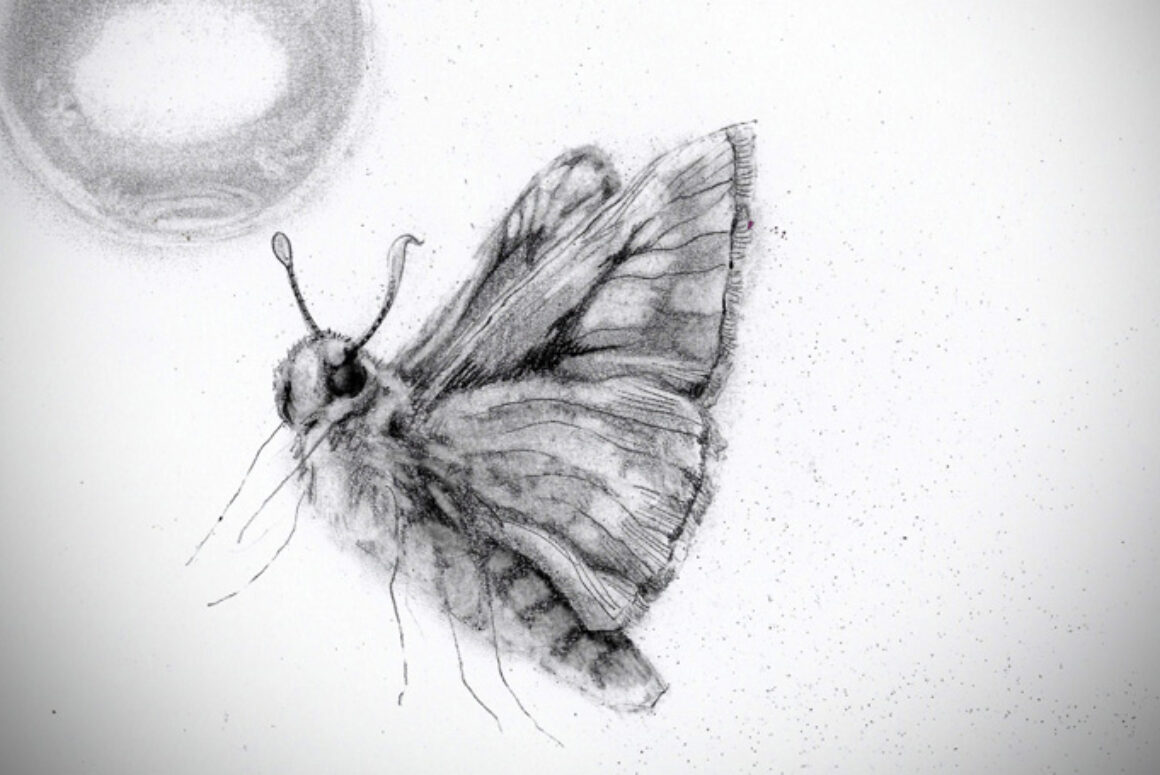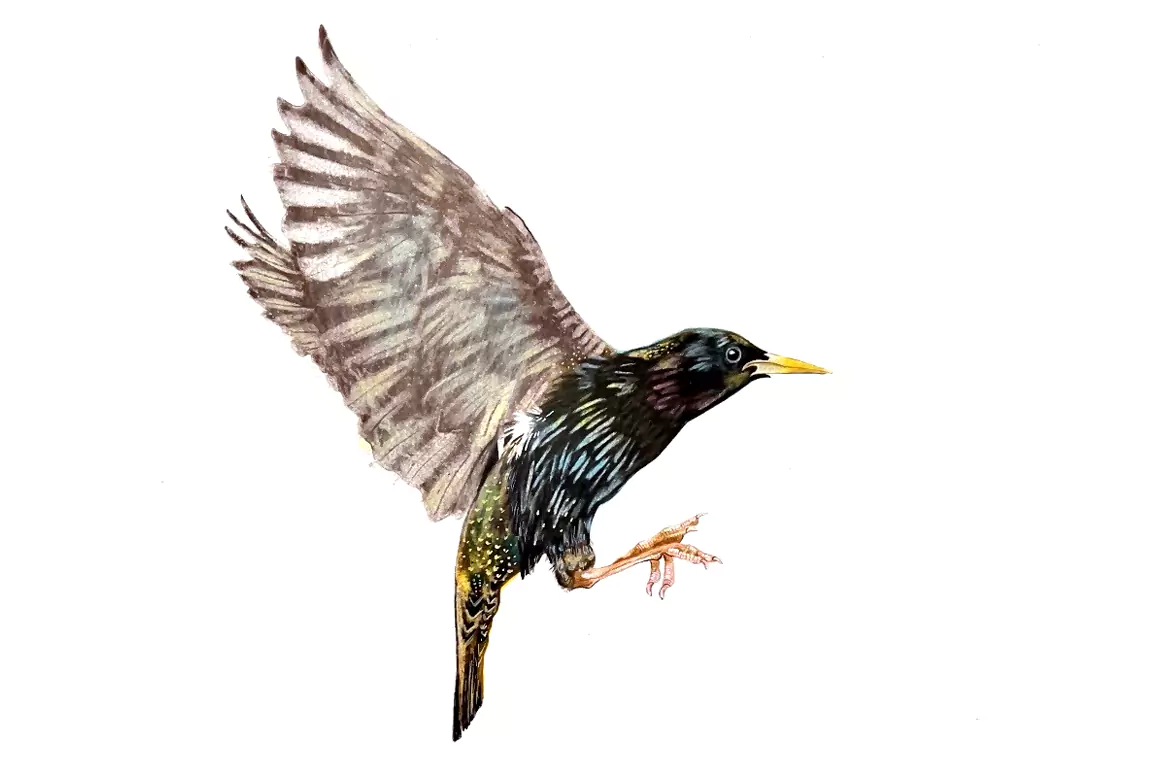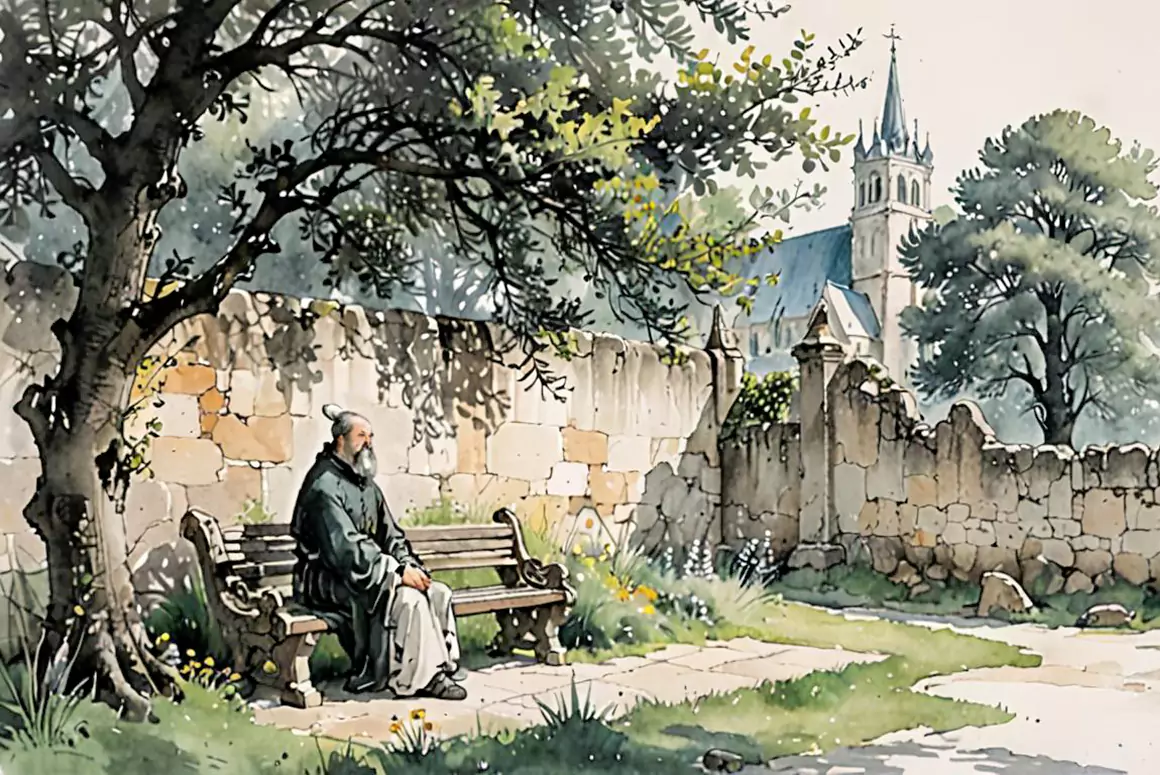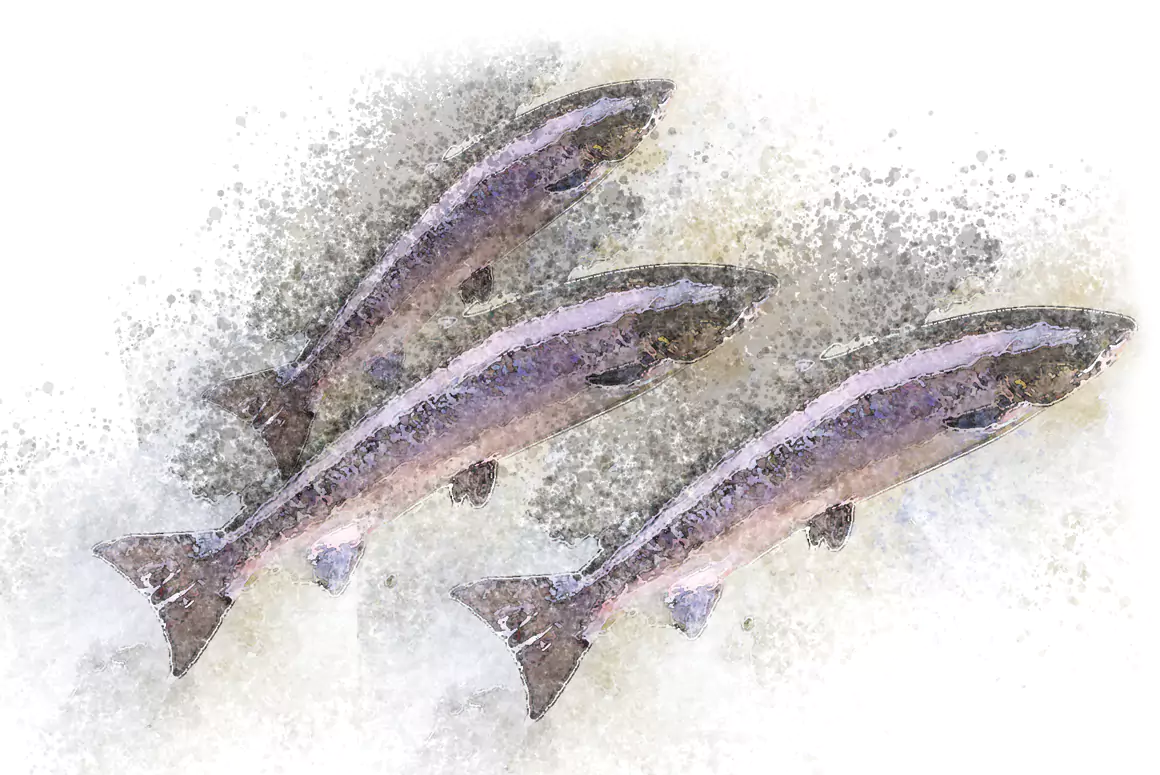“What the hell was that?!”
“What?”
“That!!!”
Rachel’s never been one for creepy-crawlies, especially those that fly, even those that are as pretty as this moth that’s darting around the lamp behind the armchair, its shadow as skittish as a little poltergeist across the wall as it perpetrates its shadowy flim-flam.
You’d think that the warm, amenable weather and long days of summer would be the most prolific time for such incidents, but our house seems to come alive, quite literally, when the nights draw in, the shadows lengthen and the clocks prepare to slump back into an extra hour of torpor.
Spiders abound particularly, from the small scuttling blurs of movement across the kitchen floor up to the big, ponderous hairy-legged house spiders that never fail to raise a scream from my daughter, all of them looking for somewhere to hunker down. “There’s bad weather on the way if the spiders are coming inside” the old wives’ tales used to say, though their intentions are far more amorous in their leanings than simply seeking weather from some inclement atmospheric front.
“Will you please grab that thing and put it outside?!” Rachel insists, and I approach, trying not to spook it into further flight and am able to get a closer look. For all its drabness in terms of sheer colour, I think again how pretty it is; the delicate dusty tracery of its wings and the airy fluff of its body make me think of a little courtesan in some historical story, knowing that, despite all its energy and fluster around the lamp’s bulb, even the slightest touch of my hot, heavy hand might crumple its tiny body and snuff it out like a candle flame.
‘Dark have been my dreams of late’ says King Theodon in The Lord of the Rings, adding one more memorable line to the persistent, tired trope of darkness carried through the mythology and literature of the ages, a long lineage of fear and hesitation and uncertainty not helped by the plethora of synonyms that we in the Anglophonic World hoard in our word-cache: gloom; murk; blackness; dimness. The list, with all its connotations goes on and on.
But why such negativity? I for one would actually argue the inverse. Just as light is just taken as, well, light, until a prism magically pulls back the curtain and reveals to us a spectrum enveloping everything from violet through green and down to red, so darkness has numerous individual characteristics that are revealed in countless shades to those willing to look, or even listen, for them.
In darkness our over-reliance upon sight is automatically diminished, adding a frisson of atavistic independence as sounds we may have previously disregarded or simply screened out and ignored now come to the fore, allowing us to build a sound-picture of our surroundings and establish our bearings in within them, from that cricket…over there! To the tree on our right, the breeze casually riffling through its leaves.
Sight is not wholly irrelevant in darkness, though. Just as the dark exists in its own right, so it also serves to give light a very different context when the two meet, giving a metaphorical depth to the hazy outlines of staging-post streetlights as they disappear away into the mist, and to the billions of moon glass fragments shattered and then carried away on the river’s flow to an elsewhere far beyond our ken. If Keats could have his ‘negative capability’ surely I can have my negative imagery, allowing it to develop only in the depths of my imagination.
“What are you doing?!” Rachel asks, rousing me with a start. “You’re supposed to be putting it outside, not dancing with it!” and I realise that’s exactly how it must look from the other side of the curtains: a fluttering moth, a bumbling man, circling each other like some crazy Japanese shadow puppetry that goes on and on, making a mockery of both light and dark and all those shades in between, with no sign of stopping yet.





